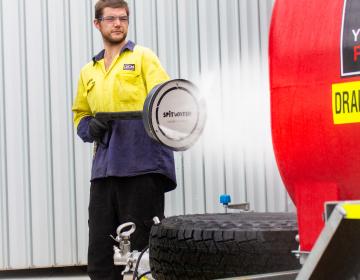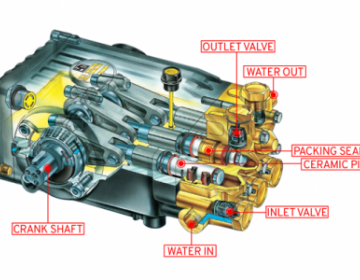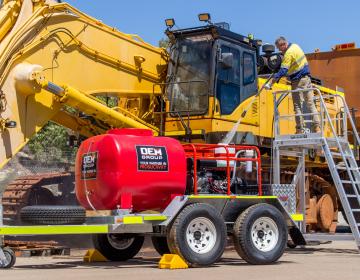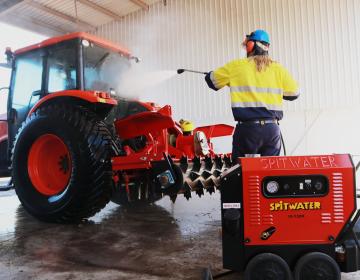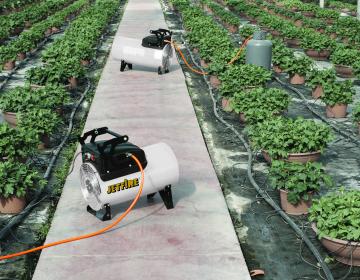Choosing the right nozzle for your pressure cleaner can seem like a daunting task. There are several sizes and spray types to choose from, as well as maintenance required for the nozzle.
This guide will go over why nozzle size is important, what types of nozzle is best for the task, the different types of nozzles that can be used, how often you should replace the nozzle on your pressure cleaner as well as the a high pressure nozzzle.
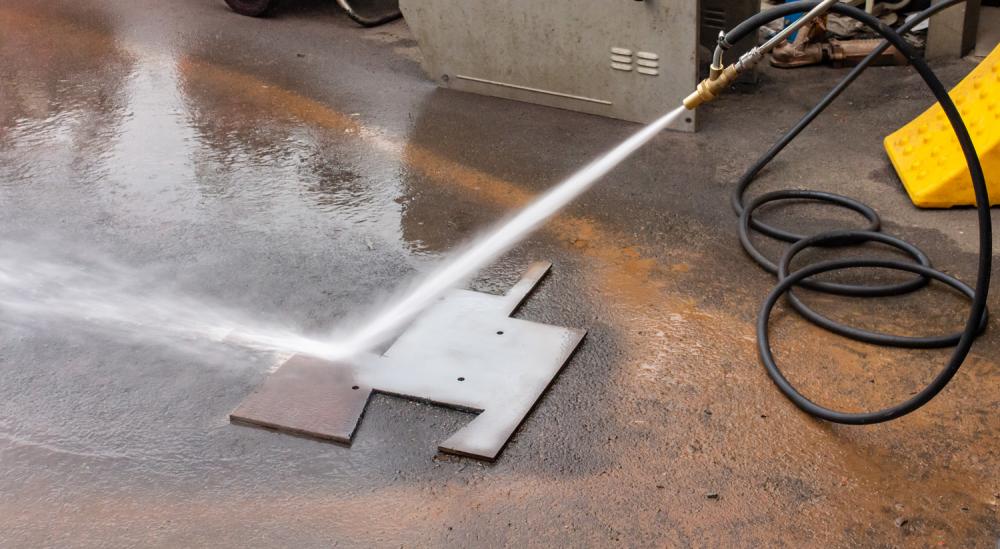
WHY IS NOZZLE SIZE IMPORTANT?
The nozzle size is important because if the nozzle your using is too small your pump tries to push its rated flow through a smaller hole & creates back pressure in your system, which could damage your pump & other components. If the nozzle you’re using is too big, the rated flow of the pump isn’t being restricted enough to achieve the set pressure & will cause your machine performance to suffer.
WHICH TYPE OF NOZZLE IS BEST FOR THE TASK?
It is important to select the correct pressure cleaner nozzle for the job because, incorrect selection may either damage the surface you are cleaning or increase cleaning time and efficiency significantly.
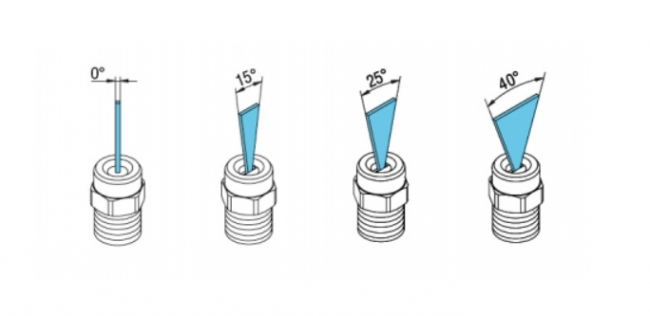
TYPES OF NOZZLES USED
0° Pencil Jet Nozzle
Operates at a 0° pencil point pattern, best suited for spot cleaning. Ideal for stains on concrete, caked on grime, even dirt in cracks. This nozzle is super powerful and is best kept away from delicate surfaces. This is also the most dangerous nozzle to work with and can slice through a finger or worse. Always wear the correct protective gear with steel cap boots, long heavy-duty trousers, eye protection and even gloves for all high-pressure cleaning operations.
15° Narrow Fan Nozzle
The most popular nozzle for general high-pressure cleaning jobs on hard surfaces. Operating at 15° fan pattern, this fan operates like a chisel. When held at a 45 degree angle, it can be used as a scraper to remove peeling paint or varnish, or mildew. It is also useful to help undo the bond for difficult tasks. Always test on an inconspicuous area first to ensure that it does not damage surfaces.
25° Fan Flushing Nozzle
Operating at a 25 degree fan pattern, this washing nozzle cleans grease, grime and algae easily on brick walls and roofs and other surfaces. It can be used to sweep leaves, clean driveways, pavements or most flat surfaces. The fan pattern allows for good pressure and cleaning coverage.
40° Fan Soft wash Nozzle
Operating at 40 degree fan pattern, it is best suited for washing/ rinsing glass or motor vehicles or even to give your driveway or tiled area a quick hose down. These tips are also great for washing wooden decks, mouldy shade cloth and delicate surfaces.
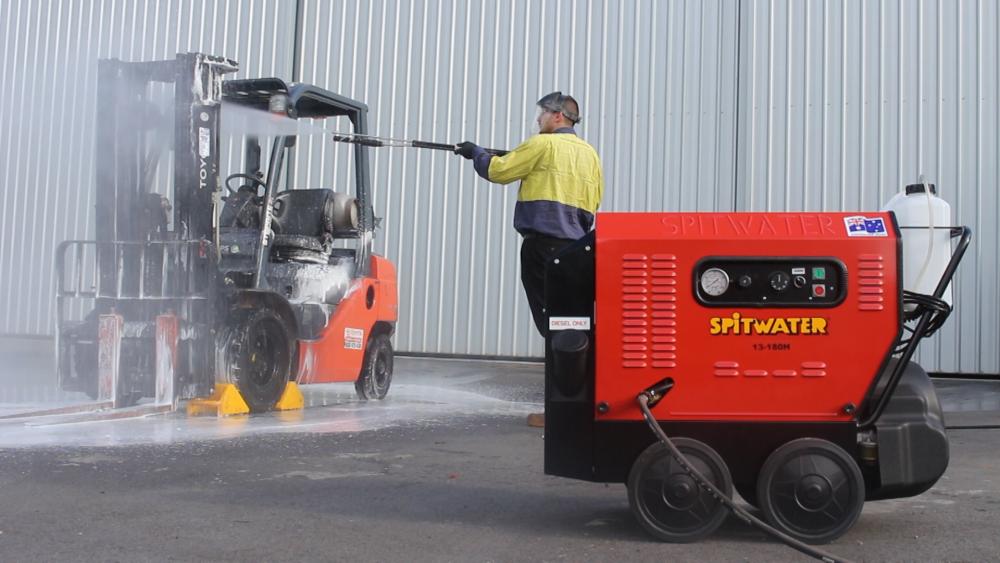
HOW OFTEN SHOULD I CHANGE THE NOZZLE ON MY PRESSURE WASHER?
If a nozzle on a pressure washer wears away (and they do) by a small margin, you will experience an increased drop in pressure and cleaning capacity, which means:
- Longer cleaning period – which is a waste of time, cost and is less efficient.
- A nozzle doesn’t have to be broken to need replacing
HOW OFTEN DO YOU NEED TO REPLACE A HIGH PRESSURE NOZZLE?
Replacing a nozzle depends on:
- The water quality (mostly dissolved minerals which will wear a nozzle faster)
- Your operating pressure
- The amount of use
These three factors will wear away a nozzle at different rates. The easiest way to know is a nozzle is worn is to look at the operating pressure on the pressure gauge and recalling what it was when the unit was new. If there has been 10% or more drop in pressure, it is time for a new nozzle.
If you need any more information, you can call us on (08) 9270 0200.


